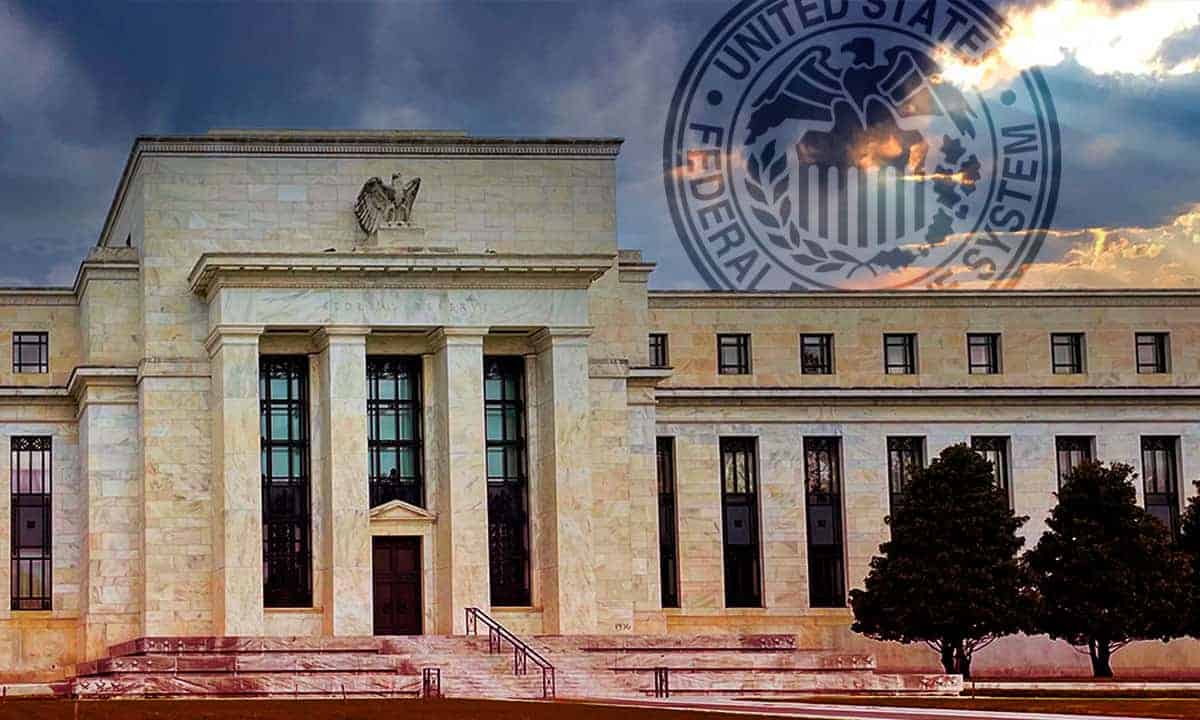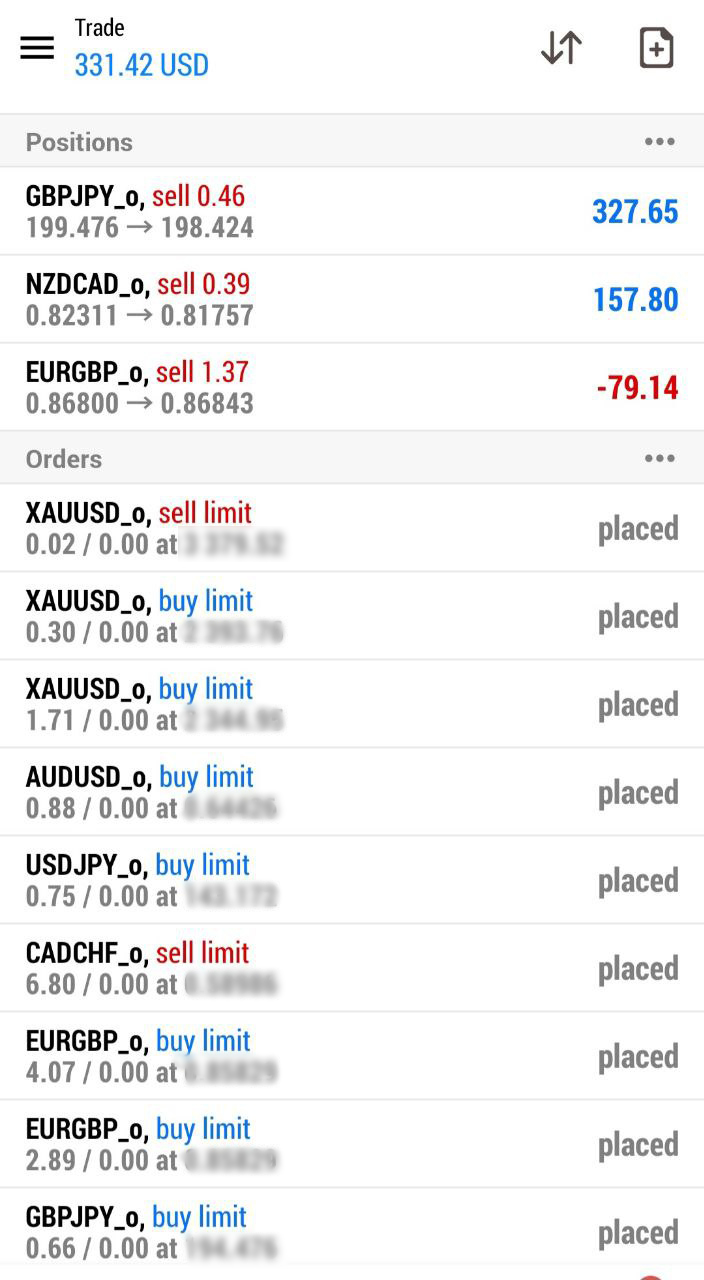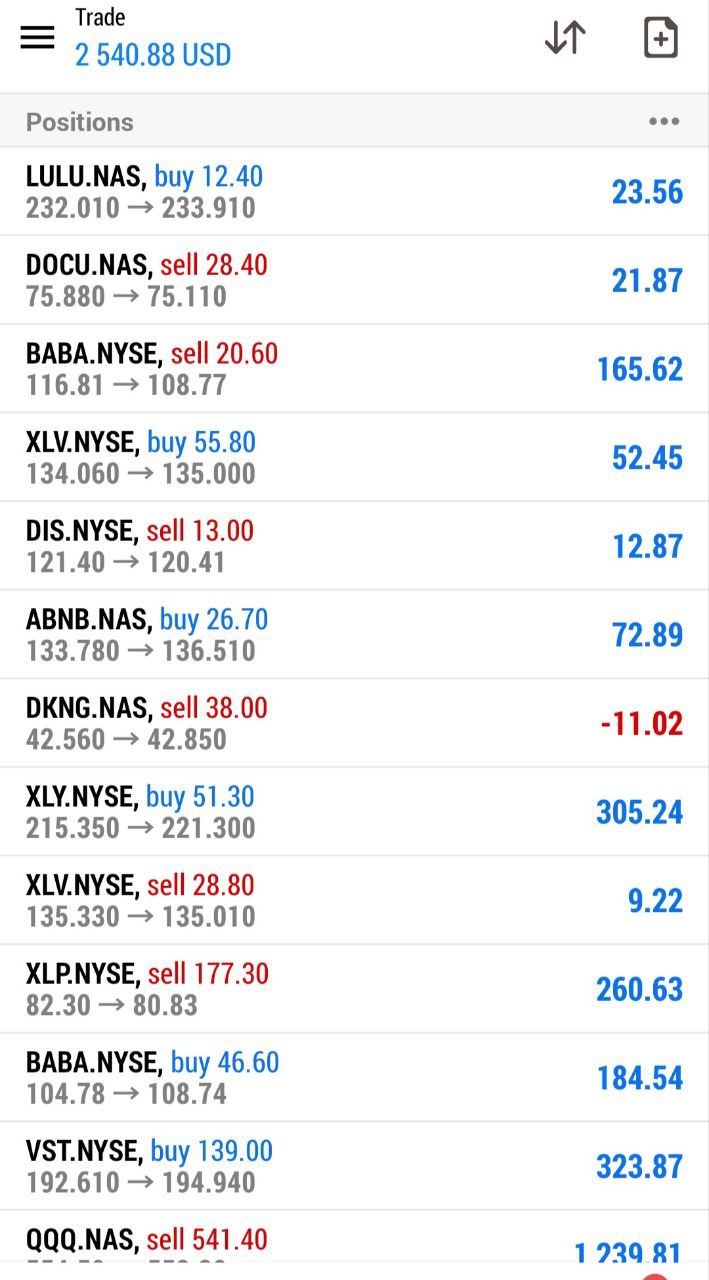
🛢️ Strategic Context & Price Positioning
WTI crude oil is entering a politically sensitive phase, with price action navigating between escalating global tensions and shifting macroeconomic policies. Our analysis identifies a confluence of technical support and geopolitical risk factors converging near the $62 level, a zone we consider to be of critical strategic importance.
📌 We strongly believe oil prices are poised for a sharp rebound around $62, driven not just by technical structure, but by a mounting alignment of political and macroeconomic variables.
🔻 Supply Zone Rejection (66.50–68.00)
WTI is currently testing a key supply zone between $66.50 and $68.00, which aligns with the prior pre-selloff consolidation area. This region lies just beneath the 50% Fibonacci retracement from the recent high at $75.79, making it a logical site for institutional distribution.
This rejection zone represents more than just technical resistance—it coincides with a cooling of speculative optimism, as investors begin to reprice geopolitical risk.
📉 Primary Support Target: $61.50–$63.00
The $61.50–$63.00 zone—our identified downside target—is supported by:
-
A prior Change of Character (ChoCH) at $63.49, marking the transition into bullish correction.
-
Multiple stacked demand zones below $64, likely to serve as a liquidity magnet.
Politically, this level could represent a reaction point as global players reevaluate energy security, particularly in the context of supply chain realignments and emerging sanctions narratives.
🌍 Geopolitical Forces Shaping Price Action
Current oil dynamics are being profoundly shaped by geopolitical instability and policy recalibrations:
-
Middle East unrest, including delays in ceasefire negotiations and Iranian nuclear ambiguity, have tightened supply routes and elevated the risk premium.
-
U.S.–China trade tensions and a shift toward resource nationalism in OPEC-aligned states are creating structural headwinds for consistent supply.
-
OPEC+ production discipline remains uncertain, with Saudi Arabia increasing exports while global demand appears to be softening—fueling dislocation.
-
Russia's resilience in redirecting exports toward Asia continues to blunt the impact of Western pressure but adds uncertainty to global allocation.
🔮 WTI at $62 – Our Core Thesis
A pullback to $62 would bring price into a technically robust and politically reactive zone. We expect:
-
Strategic buyers to step in at this level, including sovereign funds and large energy-consuming economies, viewing it as a long-term value zone.
-
Volatility to spike amid renewed speculation on supply shocks, tariffs, and energy-related sanctions.
-
A potential inflection point in policy-driven energy rebalancing, especially if inventory drawdowns accelerate and macro data confirms tightening conditions.
📌 Conclusion
We view the current retracement as a controlled decline toward a structurally and politically pivotal level. The $61.50–$63.00 zone is not just a technical floor—it is a macro-political battleground where price, policy, and power intersect.
Our conviction: WTI will spike upon entry into this zone, as buyers reposition in anticipation of prolonged supply uncertainty and geopolitical escalation.
For clients with exposure to energy or geopolitical-sensitive assets, this moment represents an opportunity to reposition portfolios around a highly asymmetric risk-reward scenario.
A.Naderi




